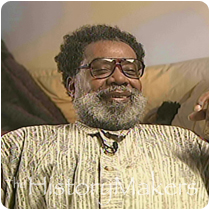Page 2
HISTORY MAKER
Biography
“Director and choreographer Louis Johnson was born on March 19, 1930, in Statesville, North Carolina, but moved with his parents to Washington, D.C., at an early age. Although Johnson became quickly known in the Washington, D.C., school system for his outstanding artistic talents, he also developed a strong following for his gymnastic and dancing talents. In high school, he enrolled and trained at the Jones Haywood School of Dance, where he and such notable students as Chita Rivera blossomed under the tutelage of Doris Jones and Clair Haywood.”
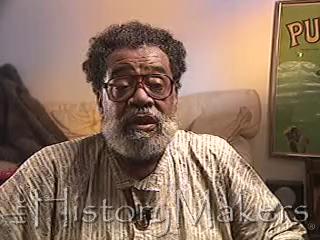
https://www.thehistorymakers.org/biography/louis-johnson-40
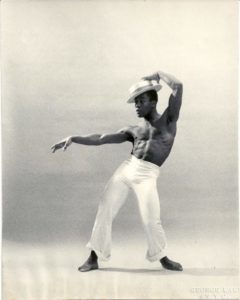
“After being advised to move by his teachers to New York City, Johnson found himself at the famed New York City School of American Ballet, where he was mentored by Jerome Robbins and George Balanchine. These associations led directly to a performance with the New York City Ballet Company and then on to Broadway shows such as Four Saints in Three Acts, House of Flowers (choreographed by George Balanchine), Damn Yankees (by Bob Fosse), and Hallelujah Baby.

DAMN YANKEES (FILM)
His public acclaim in these Broadway performances led to an offer to choreograph his ballet, Lament for the New York City Ballet Club. That success, in turn, led to him receiving an offer to choreograph the Broadway production Black Nativity by Langston Hughes. Johnson also choreographed Lost in the Stars, Treemonisha, and Purlie, for which he received a Tony nomination.”
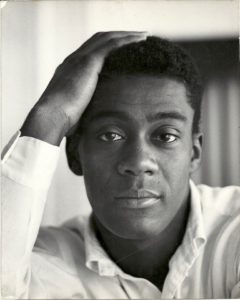
Johnson has received great acclaim for choreographing operas performed by the New York Metropolitan Opera. Those operas include La Giaconda, starring Martina La Rowa, and Aida, which starred Leontyne Price. In movies, he choreographed Cotton Comes to Harlem and The Wiz, starring Michael Jackson and Diana Ross. In addition to his work in New York City, Johnson has mounted ballets for the Cincinnati Ballet, the Alvin Ailey American Dance Theatre, the Joffrey Ballet, Philadanco Dance Company, the Dance Theatre of Harlem, and the Atlanta Ballet Company.
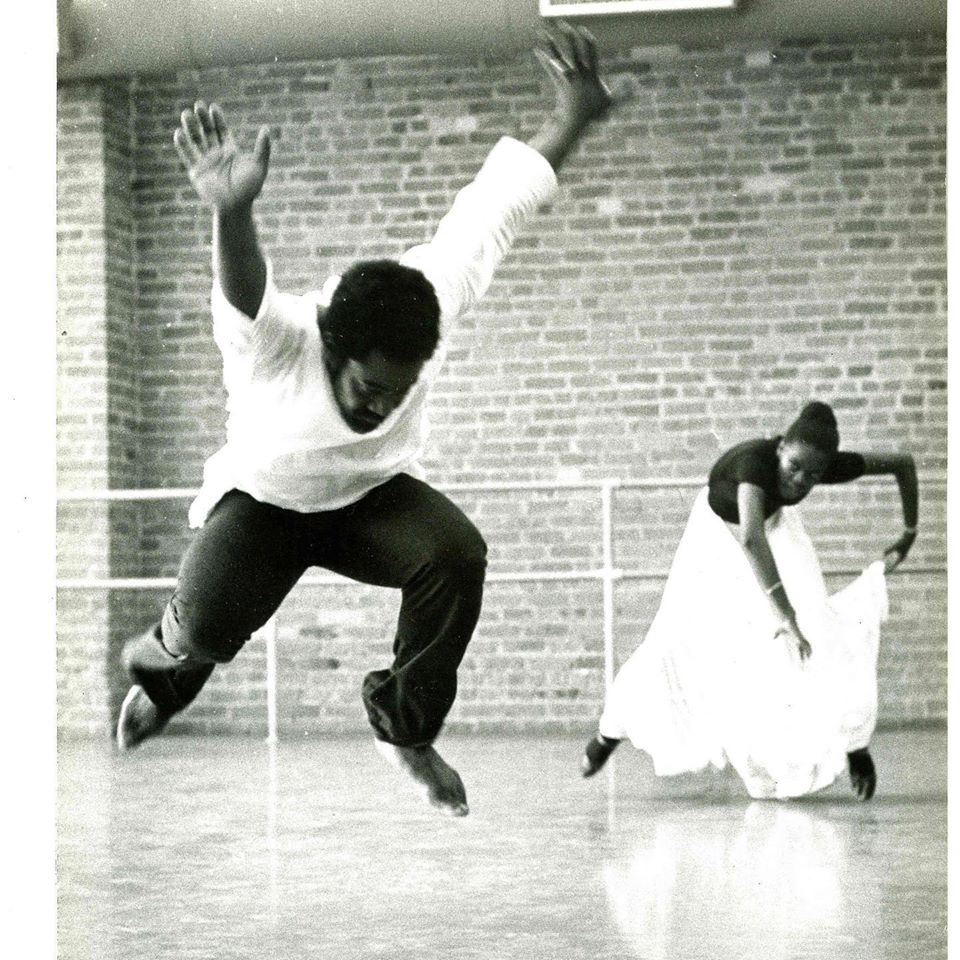
The Dance Theatre of Harlem.
Credit – Marbeth
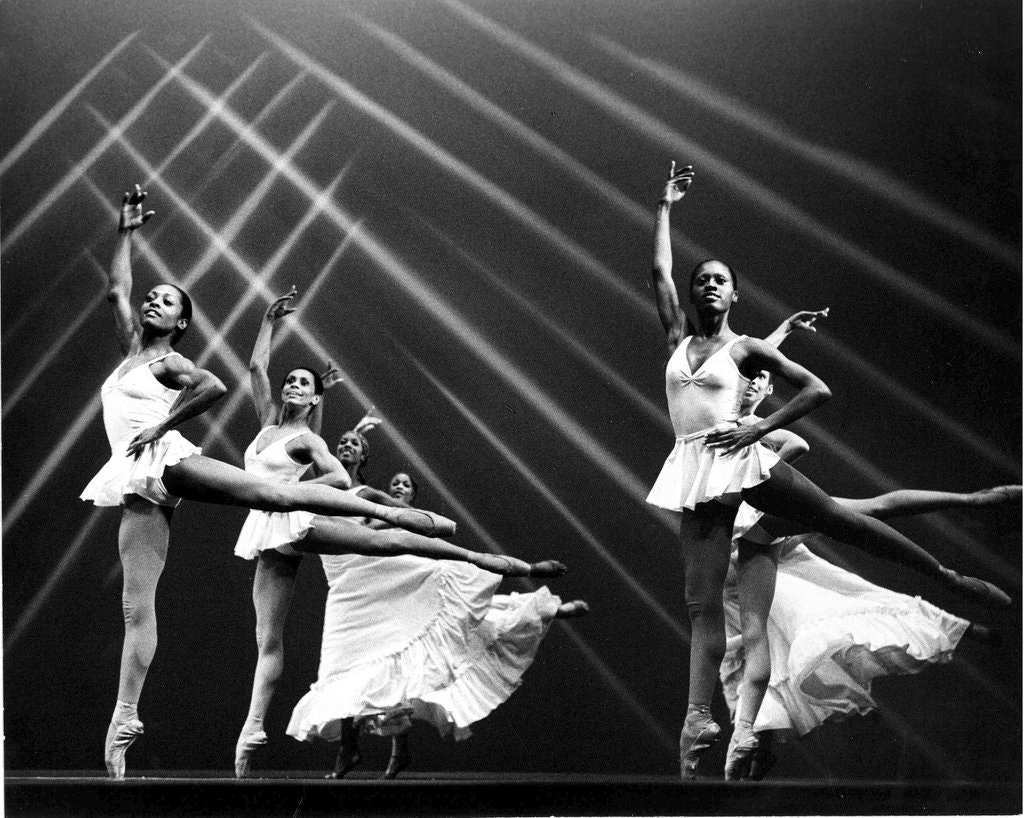
“Forces of Rhythm” was performed at the Dance Theater of Harlem in the 1970s. Credit -Marbeth
“One of his most famous pieces was “Forces of Rhythm,” a signature work of Dance Theater of Harlem set to classical and contemporary music, including Tchaikovsky and Donny Hathaway.
“The work “is a choreographic approximation of a quick turn of the radio dial,” Jennifer Dunning of The Times wrote in a review of a Dance Theater performance of it in 1988. “But its staging is ingenious and its message heartfelt. One’s roots must be acknowledged and honored.”
Virginia Johnson, who is the artistic director of Dance Theater (and not related to Mr. Johnson), said: “The story that he tells in ‘Forces’ was exactly what Dance Theater of Harlem was all about. He could bring together all those different languages in that one work to say, ‘Yes, it belongs to us.’”
When he was choreographing the work, Mr. Johnson was demanding and exacting, Ms. Johnson said. “He was not like, ‘You have to do this the way I told you to do it, exactly the way I told you to do it,’” she said. She added, “He didn’t want you to parrot what he was doing. He wanted you to be painting inside the lines in the most beautiful colors that you could imagine.” – NEW YORK TIMES
In 1980, he started Henry Street Settlement’s Dance Department in New York City. He continued to work there until 2003. He also taught the first Black theatre course at Yale University and started Howard University’s Dance Department in Washington, D.C.
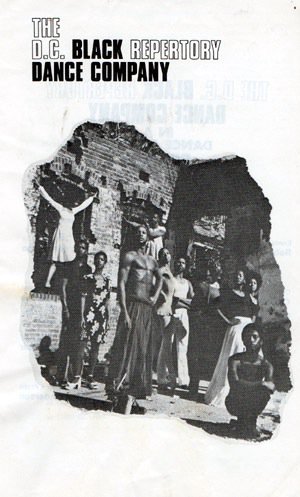
DC Black Rep Dance Co. 1973 Including Phoebe Redmon, Robert Pittman, Michi Jones, Clyde Jacque Barrett, Bernie, David Cameron, Vicki Baltimore, Amii Stewart, Lisa Sneed, and seated, Kiki Shepherd. Directed by Louis Johnson and Mike Malone.
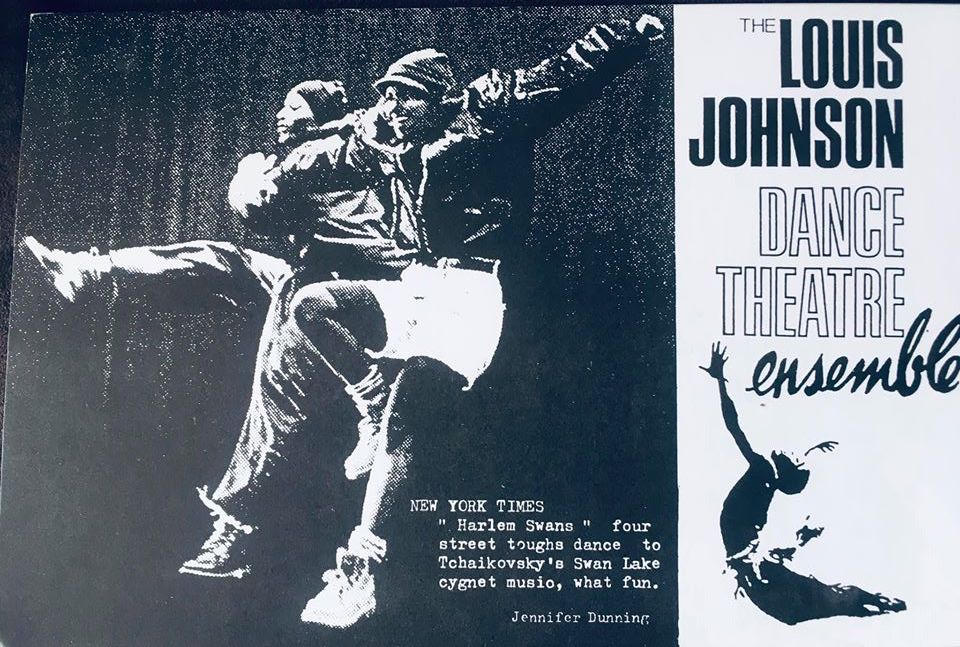
Johnson’s honors include the Pioneer Award from the International Association of Blacks in Dance at the Kennedy Center in Washington, D.C.; an honor from the California chapter of the NAACP for his work with the original Negro Ensemble Company; and a special night honoring him from Ashford and Simpson. His directorial credits include Porgy and Bess, Miss Truth, Jazzbo Brown, Time in the Wind, and Ebony Game.
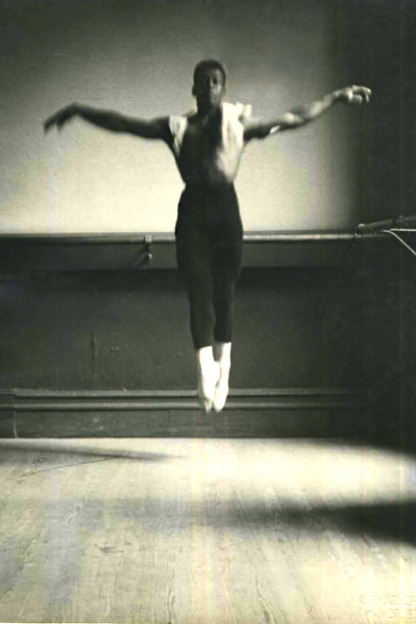
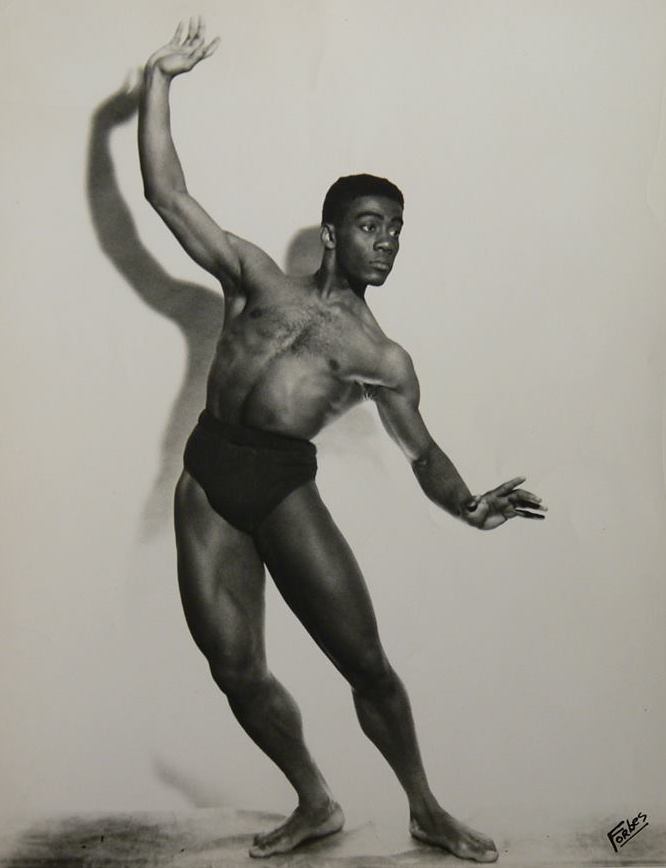

Louis Johnson (1952) – Dancer, choreographer, and teacher. Louis Johnson makes his debut with the New York City Ballet as a soloist in Jerome Robbins’ Ballade before appearing in Broadway musicals.
Louis spent most of his childhood in Washington D.C. The Johnson family lived two blocks from the YMCA, and Louis took advantage of all the activities the “Y” had to offer. He was a great athlete, and became a champion wrestler and noted acrobat. When the YMCA had to close for repairs, the YWCA offered them space. The ballet teacher at the YWCA noticed Louis and gave him a scholarship at the Doris Jones-Clara Haywood School of Dance. After an initial study at the Doris Jones-Clara Haywood School of Dance, he moved to New York in 1950 to accept a scholarship at the School of American Ballet.
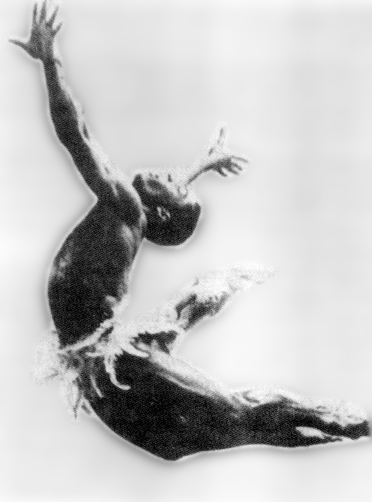
In 1952, Johnson performed with the New York City Ballet in the premiere of Jerome Robbins’ Ballade. Robbins also used Louis to create the role in Afternoon of a Faun, but because Louis was Black he was not allowed to dance the role. In 1953 George Balanchine didn’t think New York City Ballet was ready for a racially mixed pas de deux.
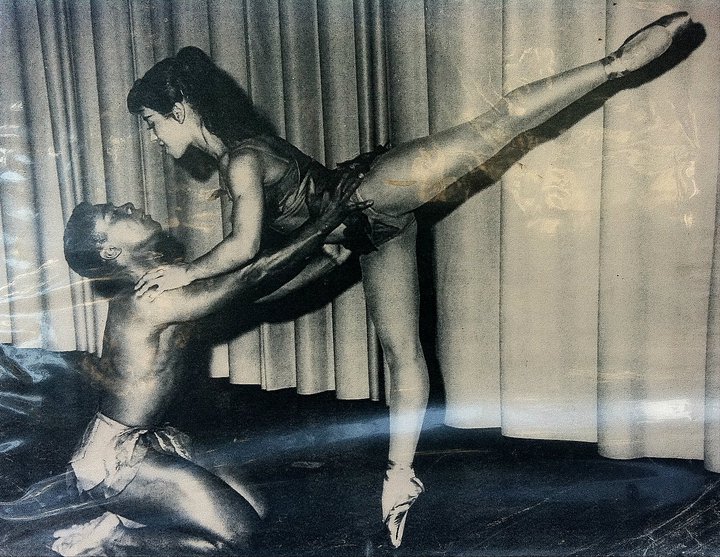
Louis Johnson and Delores Brown

Louis Johnson and Georgia Collins in Variations, no. 9 [NYPL]
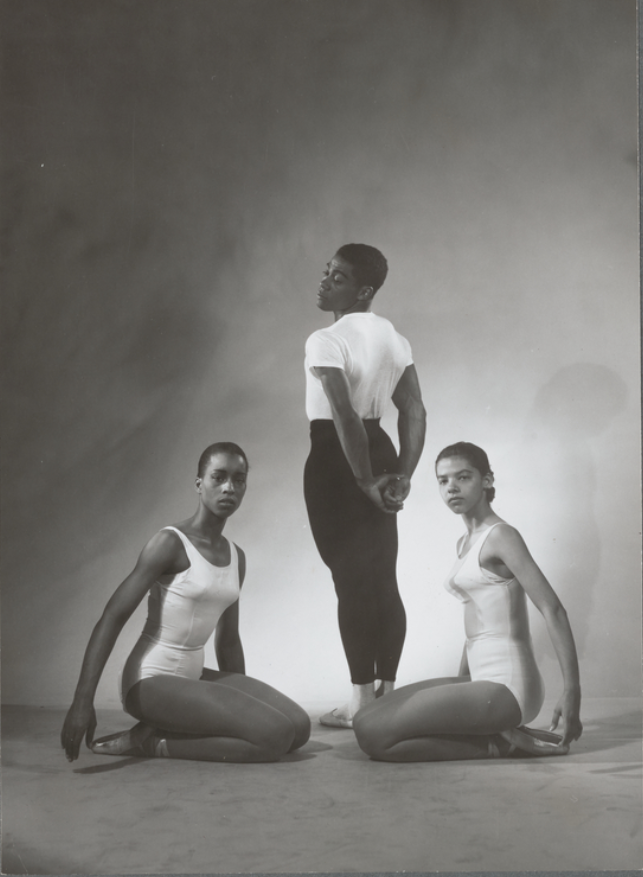
Variations, no. 11
The New York Public Library
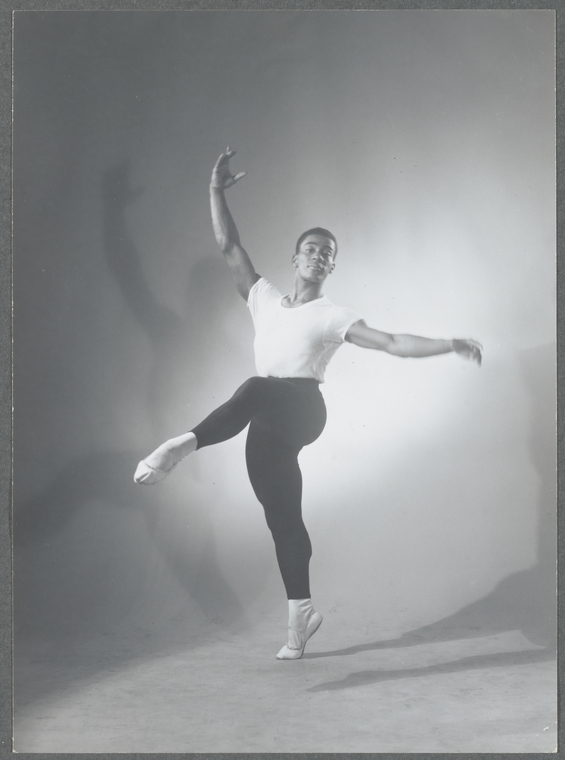
Louis Johnson in Variations, no. 11 [NYPL]
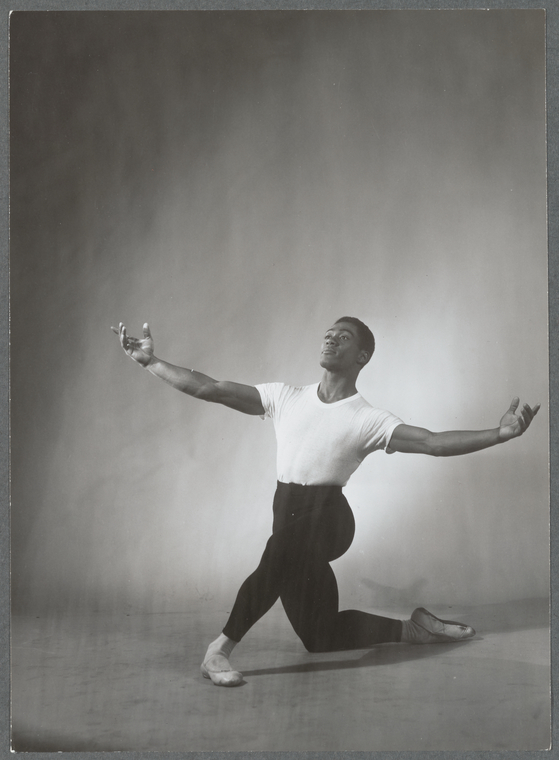
Louis Johnson in Variations, no. 15 [NYPL]

